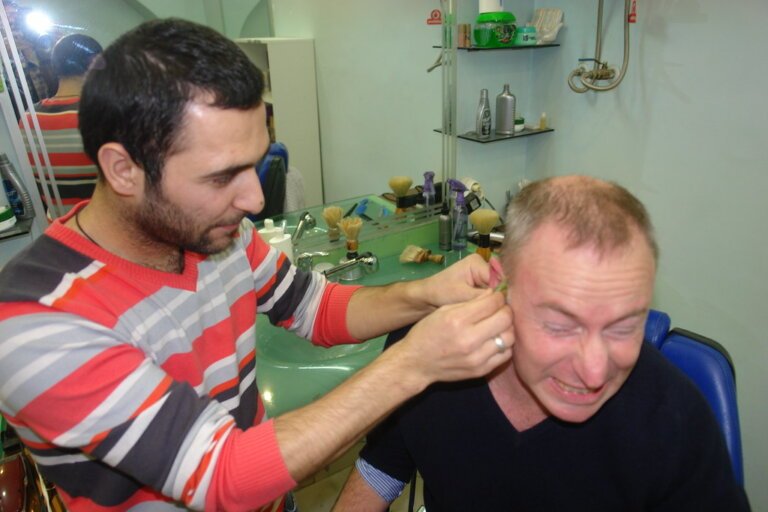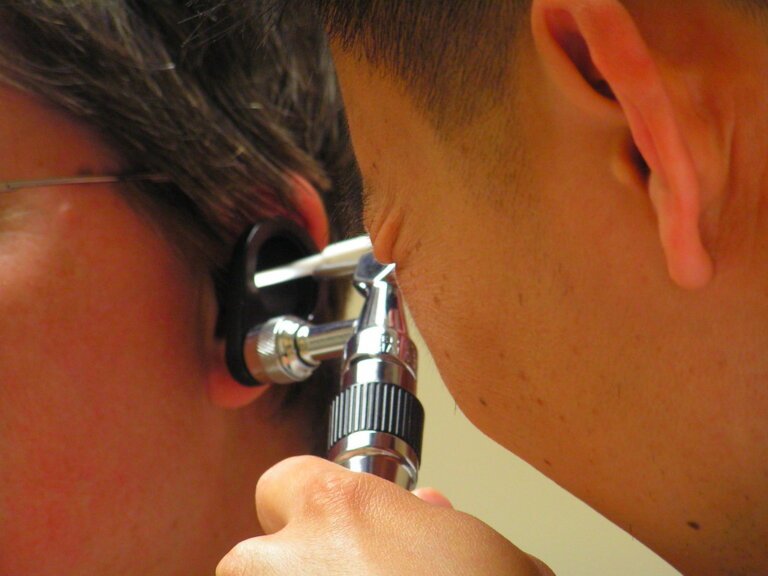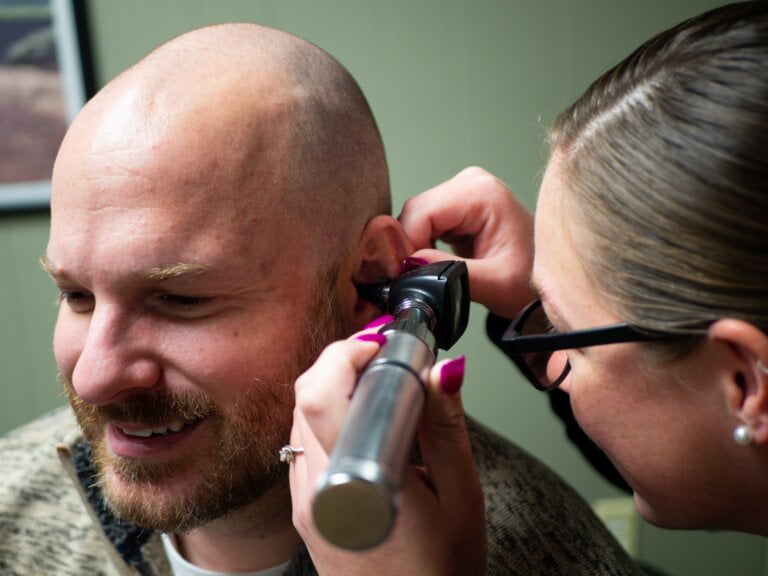A Deep Dive into Manual Instrument Ear Wax Removal Courses
Ear wax, or cerumen, is a natural substance produced by the ear canal to protect and lubricate the ear. However, when there is too much ear wax that is when problems arise. Ear wax blockages can cause discomfort, hearing loss, and even lead to ear infections in some cases. Many healthcare professionals have turned to manual instrument ear wax removal courses to learn the correct techniques for safely and effectively removing ear wax.
What are Manual Instrument Ear Wax Removal Courses?
Manual instrument ear wax removal courses are designed to provide individuals with the knowledge and skills necessary to be able to safely remove ear wax using specialised tools such as jobson horne, crocodile forceps, st barts hook and rosen hook. These courses are typically offered by healthcare professionals, such as audiologists or ear, nose, and throat (ENT) specialists, who have extensive experience in managing ear wax buildup.
The Importance of Manual Instrument Ear Wax Removal Courses
While many people attempt will to remove ear wax at home using cotton swabs or other makeshift tools that are found online, this can often lead to further complications. This is why we recommended that you see a highly trained and experienced audiologist to remove your ear wax.
Ear wax removal courses are essential for several reasons:
- Preventing Complications: When individuals attempt to remove ear wax at home without proper training, they run the risk of pushing the wax deeper into the ear canal. This can lead to impaction or damage to the delicate structures of the ear, such as the ear drum. During the course, individuals learn the correct techniques to safely remove ear wax and minimise the risk of complications.
- Increasing Effectiveness: Removing ear wax requires precision and knowledge of the ear’s anatomy. Manual instrument ear wax removal courses provide participants with a comprehensive understanding of the structure of the ear, allowing them to target and remove the wax effectively. By learning the proper techniques, individuals can achieve better outcomes in ear wax removal.
- Promoting Safety: Safety is of utmost importance when it comes to ear wax removal. Improper techniques can result in injury or infection. Manual instrument ear wax removal courses educate participants on safety precautions, such as proper sterilisation of instruments and maintaining a sterile field. By following these guidelines, healthcare professionals can minimise the risk of complications and ensure the safety of their patients.
Course Curriculum and Topics Covered
Manual instrument ear wax removal courses typically cover a range of topics to provide participants with a comprehensive understanding of ear anatomy, wax removal techniques, and best practices. Some common topics covered in these courses include:
- Ear Anatomy: Understanding the structure of the ear is essential for safe and effective wax removal. Participants learn about the different parts of the ear, including the outer ear, middle ear, and inner ear. They also gain knowledge about the functions of each part and how they relate to ear wax accumulation.
- Ear Wax Formation: Participants gain knowledge about the process of ear wax formation and the factors that can contribute to excessive wax buildup. This understanding helps in developing appropriate strategies for managing ear wax.
- Instrument Selection and Handling: Proper selection and handling of instruments are crucial for successful ear wax removal. Participants learn about different types of instruments used for wax removal, such as curettes, forceps, and suction devices, and how to use them safely and effectively. They understand the importance of selecting the right instrument based on the patient’s condition and how to handle them to minimise the risk of injury.
- Ear Wax Removal Techniques: Various techniques for manual instrument ear wax removal are taught in these courses. This includes techniques like curettage, irrigation, and suction, each with its own advantages and considerations. Participants learn the step-by-step process of each technique, including how to position the patient, insert the instrument, and remove the wax safely.
- Safety Precautions: Audiologists are educated on safety precautions to minimise the risk of injury during ear wax removal procedures. This includes proper sterilisation of instruments, maintaining a sterile field, and recognising signs of complications. They learn about the importance following aseptic techniques to prevent infection and ensure patient safety.
- Patient Communication and Education: Effective communication with patients is an essential aspect of ear wax removal. Participants learn how to educate patients about the procedure, address their concerns, and ensure a comfortable and informed experience. They learn the importance of explaining the process to the patient, managing their expectations, and providing aftercare instructions for optimal outcomes.
- Hands-on Training: Manual instrument ear wax removal courses often include hands-on training sessions where audiologists have the opportunity to practice various techniques under the supervision of experienced instructors. This allows for practical application and reinforcement of the concepts learned during the course and ables the audiologist to gain more confidence in performing the techniques and receive feedback from instructors to improve their skills.
Benefits of Manual Instrument Ear Wax Removal Courses
Participating in a manual instrument ear wax removal course offers several benefits for both healthcare professionals and individuals seeking ear wax removal services:
- Enhanced Skillset: These courses provide healthcare professionals and audiologist to enhance and improve their skills in ear wax removal, and being able to expanding their scope of practice and enabling them to offer a wider range of services to their patients and provide a better quality of care.
- Improved Patient Outcomes: With receiving the proper training and education, audiologists and healthcare professionals can ensure that ear wax removal procedures are performed safely and effectively, this will lead to improved patient outcomes and satisfaction. As patients will experience relief from discomfort, improved hearing.
- Increased Safety: By learning the correct techniques and understanding the safety precautions that are involved with help reduce the risk of complications that are associated with ear wax removal. These risk include, chances of infection, trauma to canal and perforated eardrum. Having the extra knowledge with these courses will help increase patient safety.
- Professional Development: Ear wax removal courses contribute towards continuing professional development for audiologists and healthcare professionals.Keeping them up with the newest and latest advancements in ear care and ear wax removal. Ensuring they are the continuously improving their skills and providing high quality care.
- Accessibility of Services: Upon completing the course, audiologist and healthcare professionals can offer this service within their own practice, therefore making this more accessible for people seeking expert advice from audiologist for ear wax removal. This will allow them to receive the service from professionals that they trust.
In conclusion, manual instrument ear wax removal courses play a big role in ensuring safe and effective management of ear wax blockages. The course provides a comprehensive understanding of ear anatomy, wax removal techniques and the safety precautions that enable audiologists to provide outstanding and high quality care and ear wax removal services that improve patient outcomes and satisfaction.
FAQ
1. What are Manual Instrument Ear Wax Removal Courses?
Manual Instrument Ear Wax Removal Courses are designed to provide audiologists and healthcare professionals with the knowledge and skills necessary to safely remove ear wax using specialised tools.
2. Why are Manual Instrument Ear Wax Removal Courses important?
Manual Instrument Ear Wax Removal Courses are important because they prevent complications that can arise from improper ear wax removal techniques, increase the effectiveness of ear wax removal and promote patient safety.
3. What topics are covered in Manual Instrument Ear Wax Removal Courses?
Manual Instrument Ear Wax Removal Courses cover topics such as ear anatomy, ear wax formation, instrument selection and handling, ear wax removal techniques, safety precautions, patient communication and education, and hands-on training.
4. What are the benefits of participating in Manual Instrument Ear Wax Removal Courses?
Offers benefits such as an enhanced skillset for healthcare professionals, improved patient outcomes and satisfaction, increased safety during ear wax removal procedures, professional development by staying up to dated with advancements in ear care.







